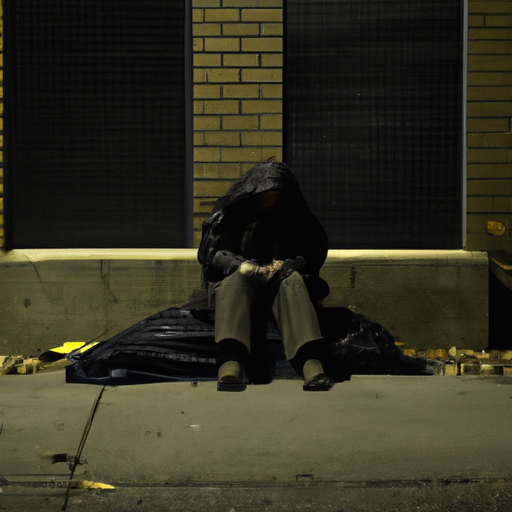Unmasking the Canadian Opioid Crisis: A Critical Analysis on the State of Hamilton
Canada confronts a sizable and increasingly deadly opioid epidemic, with no city or community impervious to its devasting effects. This blog post discusses the increasing severity of the opioid crisis in Hamilton, Ontario, its rampant criminal activities and homelessness, law enforcement and public health response, and the ongoing multi-million-dollar opioid abatement class-action lawsuits.
An In-depth Look at the Opioid Crisis
In a recent article by CBC News, the Canadian opioid crisis was brought to the fore, revealing how deeply it has infiltrated Hamilton’s communities, leading to an increase in homelessness and crime. The opioid crisis is not just a health issue; it’s a social issue, taking a toll on Canada’s social systems and communities. The effects are felt most strongly by those individuals who are homeless or living in shelters, and in turn, this has led to a surge in criminal activity in these communities.
The Hamilton Opioid Crisis and Its Ripple Effect
The onset of the opioid crisis in Hamilton has had devastating effects that go beyond the realm of public health. Police and community reports bear witness to a steady rise in crime rates, notably property crimes and break-and-enters, both often linked to drug addiction. Moreover, the community witnesses a higher number of homelessness rates, an increase erring on the side of startling, with shelters often full to capacity.
Key Aspects of the Opioid Predicament in Hamilton
- The surge of opioids in Hamilton has directly resulted in a spike in homelessness and criminal activity.
- Public safety officials, health care providers, and public health agencies are grappling with the secondary effects of the crisis, such as an increase in emergency department visits due to overdose and an overall strain on healthcare resources.
- The staggering number of opioid deaths brings to attention the need for immediate action and intervention.
- The city is actively engaged in combating the opioid crisis, including increased law enforcement and the distribution of naloxone, an opioid overdose-reversing drug.
Efforts to Combat the Opioid Crisis
Hamilton, like many communities across Canada, has implemented numerous harm reduction strategies to confront the opioid crisis. A noteworthy initiative is the distribution of naloxone kits. Often referred to as a ‘life-saving drug,’ naloxone has the capacity to reverse an opioid overdose in progress, given its administration in a timely manner. The city has also dedicated more resources to law enforcement to combat drug-related crimes.
Impending Legal Action Against Pharmaceutical Companies
Adding to the complexity of the situation is the upcoming Canadian opioid abatement class-action lawsuit against more than 40 pharmaceutical companies. The lawsuit seeks to recover millions of dollars local communities have spent addressing the opioid crisis. Pharmaceutical giants such as Purdue Pharma and Johnson & Johnson are part of the named defendants. Hamilton City Council has already pledged to join this lawsuit, as have many other Canadian municipalities.
The Impact of the Legal Action
The outcome of this legal action could dramatically shape opioid policy in Canada. If successful, the lawsuit could mean that pharmaceutical companies are held financially accountable for their role in fueling the opioid crisis. This could lead to a substantial influx of funds into local government and public health budgets, enabling them to further invest in harm reduction and drug addiction treatment services.
Conclusion
The escalating opioid crisis has undoubtedly sorely tested the resilience of Hamilton and many other Canadian cities. It is accumulating a devastating impact on public health, community safety, homelessness rates, and the city’s resources. However, through proactive engagement and initiatives such as naloxone distribution and law enforcement, and with potential financial support from lawsuits, there is a ray of hope. By working collectively, we can combat the opioid crisis and build a healthier, safer society.
